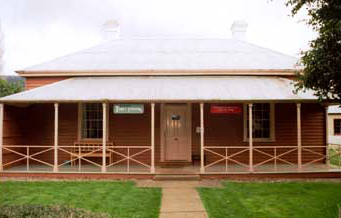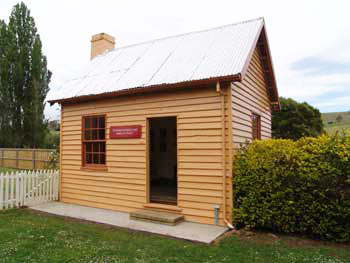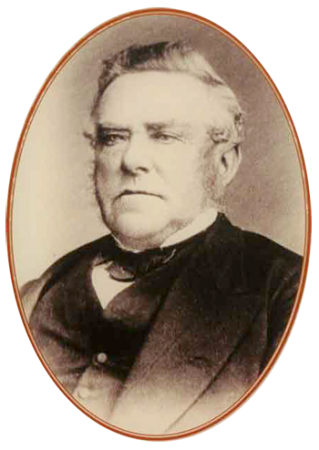

Trout and Salmon from England
To the European immigrants in the mid 1800’s, the Australian environment was very different to the land they had left behind.
To make their new surroundings more like ‘home’ they introduced European plants and animals. Salmon was one of the many species chosen for introduction, largely because of the popularity of fishing but also because of the unexpected economic benefits.
After a number of failed attempts to transport them, the first live salmon and a small number of trout eggs arrived at these ponds in May 1864.
Museum of Trout Fishing in Tasmania
 The Museum of Trout Fishing is situated within the cottage built in 1865 for the first superintendent of the Salmon Ponds.
The Museum of Trout Fishing is situated within the cottage built in 1865 for the first superintendent of the Salmon Ponds.
Find out about the changes in trout fishing over the years and discover some of the people, places and events that make up Tasmania’s rich angling history.
Tasmanian Angling Hall of Fame
 Close to the Southern entrance to the river walk, Stannards Cottage is home to the Tasmanian Angling Hall of Fame.
Close to the Southern entrance to the river walk, Stannards Cottage is home to the Tasmanian Angling Hall of Fame.

This is a wonderful tribute to the pioneers of trout fishing in Tasmania, and others who have made a significant contribution to Tasmania’s world renowned trout fishery.
“The Sanctuary” – Fisherman’s Hut
 Recently restored and fitted out as a fisherman’s hut from the pioneering days of trout fishing in Tasmania, “The Sanctuary” can be seen on the Riverside Walk.
Recently restored and fitted out as a fisherman’s hut from the pioneering days of trout fishing in Tasmania, “The Sanctuary” can be seen on the Riverside Walk.
The Historic Trout Hatchery
The Salmon Ponds, circa 1861, is the oldest trout hatchery in the Southern Hemisphere. It was the birthplace of trout in Australia and the origin of Tasmania’s legendary trout fishery.
Learn about the various stages of the life cycle of trout, the growing period from May to November, and about the challenges overcome in transporting salmon and trout from England to Australia in the mid 1800’s.
Why is it called the Salmon Ponds when most of the Fish are Trout?
Originally this hatchery was built to receive salmon eggs (ova) sent from England. Salmon are migratory fish, spending part of their life at sea. It was expected that once released, the fish hatched at Plenty would return to the Derwent River.
Several releases were tried, but for some unknown reason, the Salmon never returned. A small number of trout eggs, however, had been included with the first shipment of salmon eggs. They were hatched and raised along with the salmon.
Unlike salmon, trout are generally non-migratory and they quickly became established throughout the State’s lakes and streams. The foundation of today’s valuable recreational fisheries had been laid.
Trout ova from Plenty were later used to establish hatcheries throughout Australia and New Zealand.
